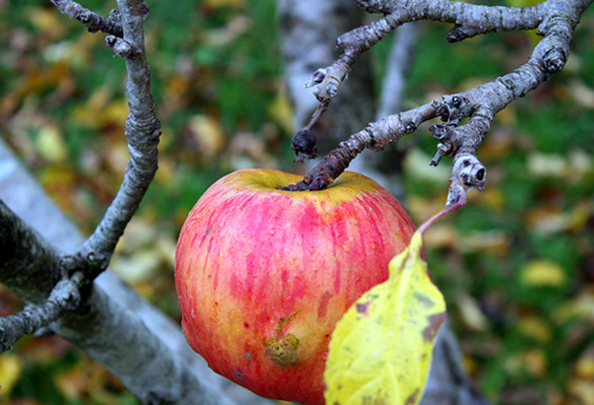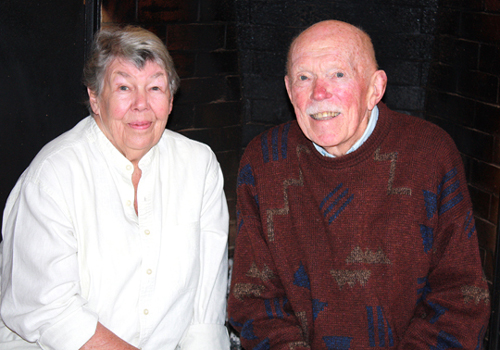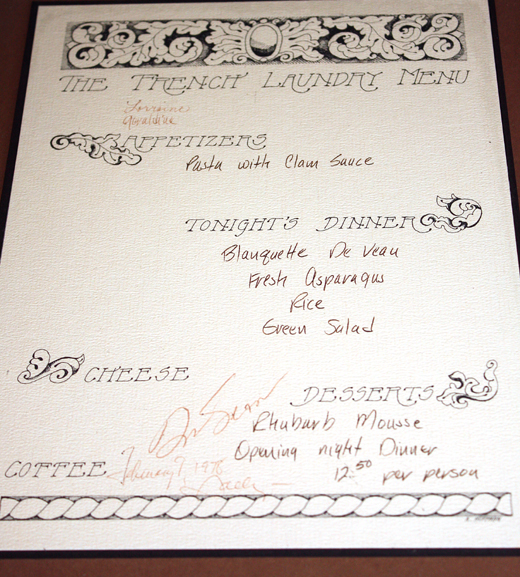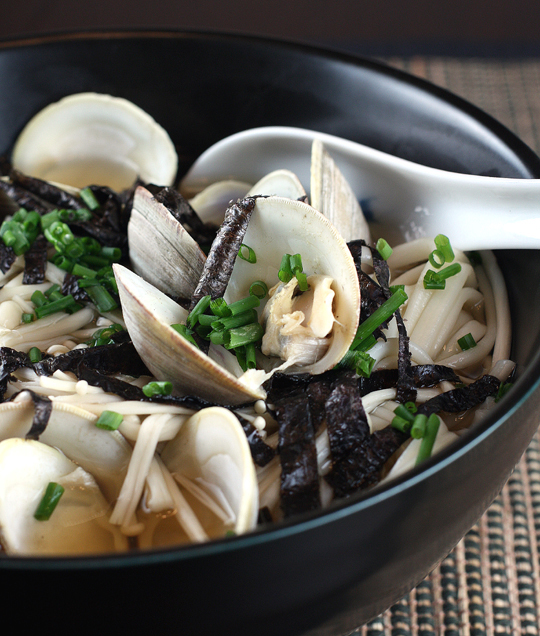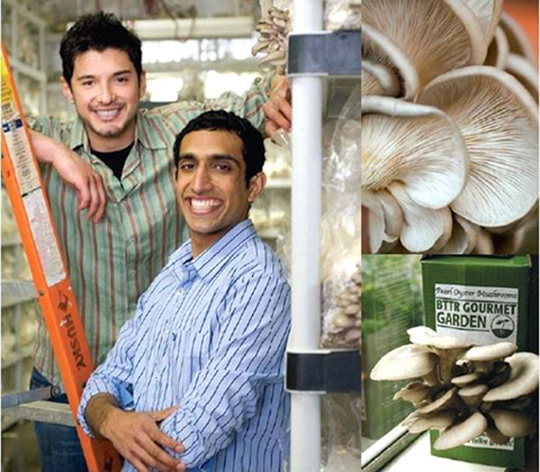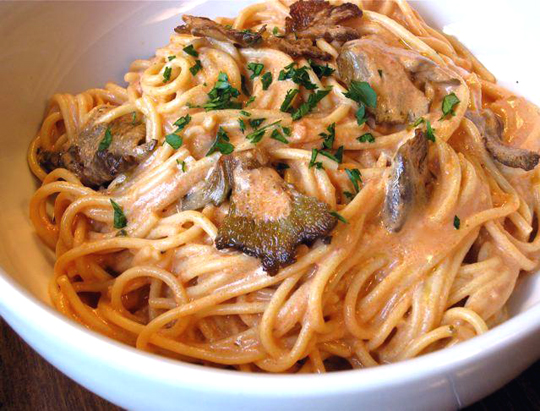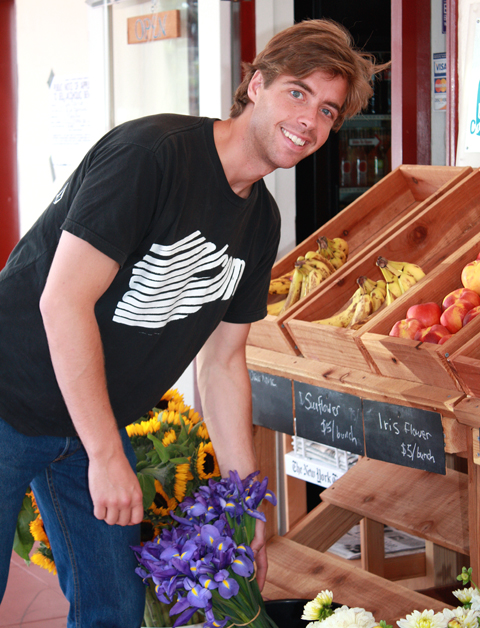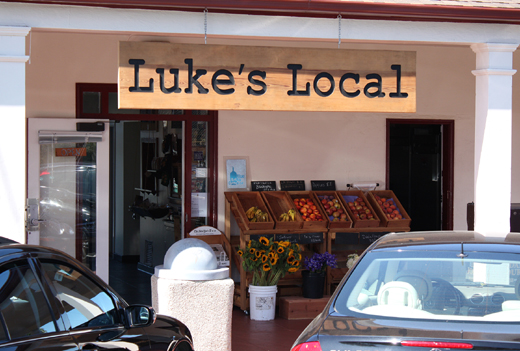A Visit to the Philo Apple Farm
You might not know Sally and Don Schmitt by name. But you know of them by their legacy.
They were the original owners of the French Laundry in Yountville. They transformed what was once variously a bar, laundry, brothel, then run-down rooming house into a destination restaurant with a prix fixe menu even back then that attracted wide acclaim and visits from the likes of Julia Child and Marion Cunningham. Opened in 1978, Don was the maitre d’ and Sally was the cook, serving up five French-comfort-style courses that topped out at $46 per person.
In 1994, after a number of restaurateurs eyed the property with interest, the couple decided to take the chance to sell it to a then down-on-his-luck, young chef named Thomas Keller.
As Sally deadpans now, “That turned out pretty well, didn’t it?”
Sally, 79, and Don, 81 have a gift for seeing the potential in things most folks would turn their backs on.
After selling the French Laundry, they went on to refurbish yet another run-down property — a 30-acre swath in Philo in Mendocino County near the Navarro River. They turned what was once a decrepit sharecroppers farm into a thriving biodynamic farm specializing in heirloom apples. The Philo Apple Farm is so picturesque now that it’s a favorite setting for retailer Pottery Barn to do its catalog shoots.

